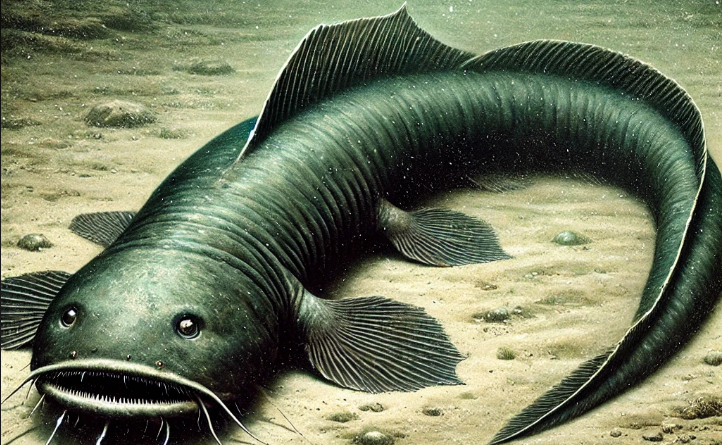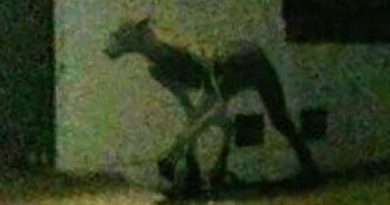The Hook Island Sea Monster: Unraveling the Mystery of the 1964 Encounter
The Hook Island Sea Monster is one of the most enduring and mysterious tales of cryptozoology, capturing the imagination of enthusiasts and skeptics alike since the 1960s. This article delves into the origins, the details, and the lingering questions surrounding this enigmatic creature.
The Origins of the Hook Island Sea Monster
In December 1964, a French photographer named Robert Le Serrec and his wife were cruising around Hook Island, Queensland, Australia, in a small motorboat when they reportedly encountered a massive sea creature in Stonehaven Bay. The creature, resembling a giant tadpole or serpent, was said to be around 30 feet long, with a gaping mouth and an eerie, almost alien appearance.
Le Serrec managed to capture a series of photographs of the creature, which would later become some of the most famous images in cryptozoological history. These photographs show what appears to be a dark, elongated shape with a segmented body and a tapering tail. The creature’s eyes are said to be large and possibly set in the head, though the exact details are difficult to discern.
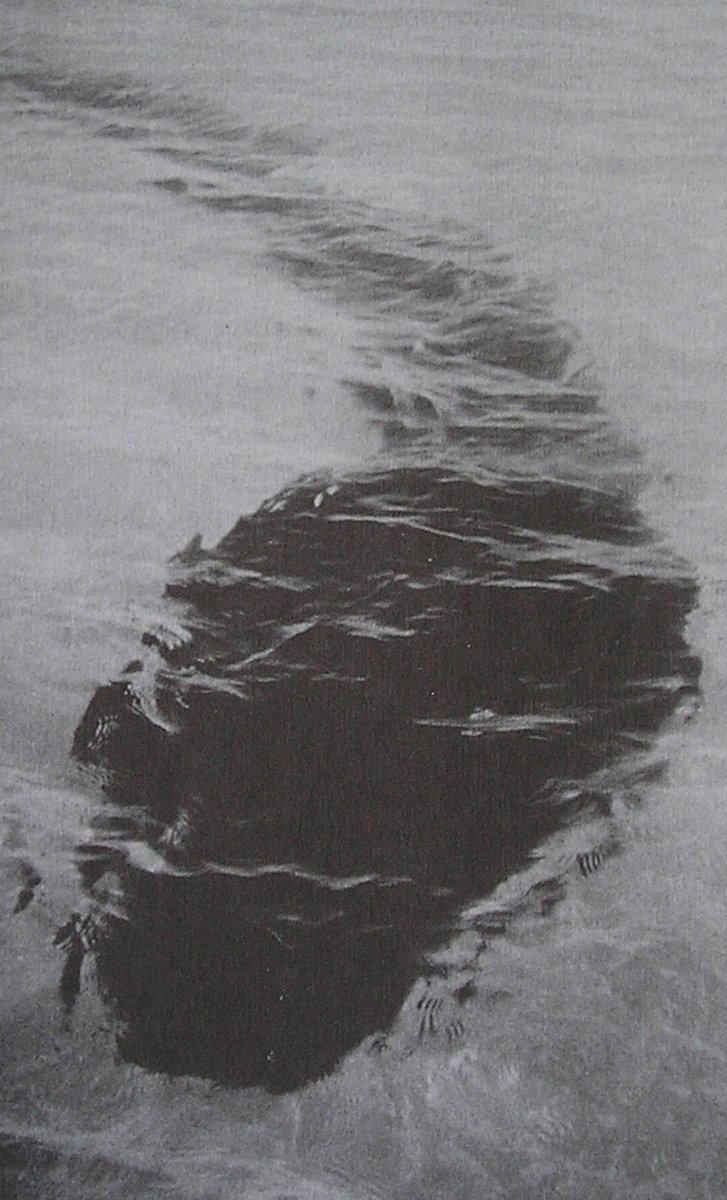
The Photographs: Evidence or Hoax?
The photographs taken by Le Serrec are striking, to say the least. They show a creature that appears to be lying motionless on the sandy bottom of the bay. The most famous of these images depicts the creature from above, giving a clear view of its shape and size.
The images quickly sparked a debate that continues to this day. Some believe that the Hook Island Sea Monster is genuine evidence of an unknown marine species, while others argue that the images are a clever hoax. The latter camp often points out several inconsistencies in the story and the photographs themselves.
Critics note that the creature appears to be too still, leading some to suggest that it could be a fabricated model, possibly made from plastic sheeting or other materials. Others have pointed out the lack of any follow-up evidence or reports of similar creatures in the area, leading to the suspicion that the entire event was staged.
Theories and Explanations
Over the years, several theories have emerged to explain the Hook Island Sea Monster, ranging from the plausible to the fantastical.
Unknown Marine Species: Some cryptozoologists suggest that the creature could be a previously undiscovered species of marine animal. The ocean is vast and largely unexplored, leaving the possibility that unknown creatures could still exist in its depths.
Giant Eel or Oarfish: Some marine biologists have proposed that the creature could be a giant eel or an oarfish, both of which can grow to considerable lengths and have elongated bodies. However, the size and shape of the creature in the photographs don’t entirely match known species, leading to continued speculation.
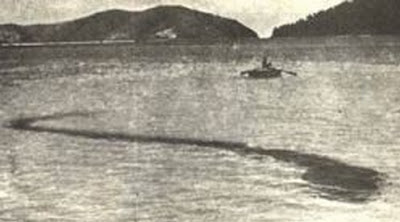
Hoax: Perhaps the most widely accepted theory is that the Hook Island Sea Monster was a hoax. Robert Le Serrec’s background has been scrutinized, with some reports suggesting that he was involved in various questionable activities, leading to the belief that the photographs were staged as a publicity stunt or to garner financial gain.
Optical Illusion: Another theory is that the creature was a natural object, such as a piece of debris or a dead whale, which was misinterpreted due to the murky water and the angle of the photographs. The human brain is known to interpret vague shapes as familiar forms, leading to the possibility that what Le Serrec photographed was not a monster at all.
Cultural Impact and Legacy
Despite the doubts surrounding its authenticity, the Hook Island Sea Monster has become a staple of cryptozoology and marine folklore. It has been featured in numerous books, documentaries, and online discussions, often cited as one of the most intriguing unexplained phenomena of the 20th century.
The images themselves have taken on a life of their own, with many people believing that they represent some kind of truth, even if not the truth of a sea monster. They tap into the human fascination with the unknown and the possibility that there are still mysteries in our world waiting to be uncovered.
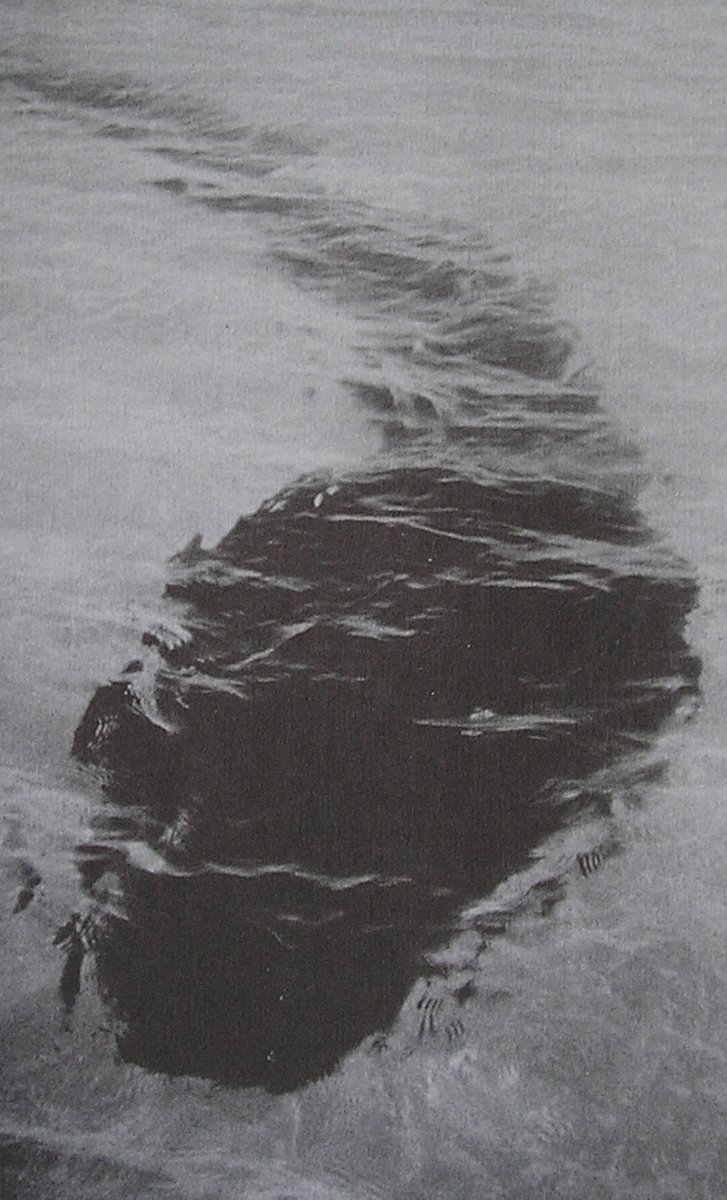
The Hook Island Sea Monster remains one of the most debated and fascinating cases in the realm of cryptozoology. Whether it was a real creature, a hoax, or a misidentification, it continues to capture the imagination of those who encounter the story. The mystery endures, and as long as it does, the legend of the Hook Island Sea Monster will remain a compelling part of the lore of the deep sea.
The Hook Island Sea Monster photographs taken by Robert Le Serrec in 1964 are the only widely known images associated with this particular creature. There have been no other confirmed reports or photographic evidence of this specific sea monster since then.
However, the ocean is home to many mysterious and unexplained phenomena, and over the years, there have been various other images and videos purporting to show sea monsters or unknown marine creatures. These are usually accompanied by similar debates regarding their authenticity, often being labeled as hoaxes, misidentified marine life, or optical illusions.
The Hook Island images remain unique in their level of detail and the controversy they sparked, but they are not supported by additional visual evidence from other sources. The lack of follow-up sightings or images has only added to the mystery and skepticism surrounding the original photographs.
